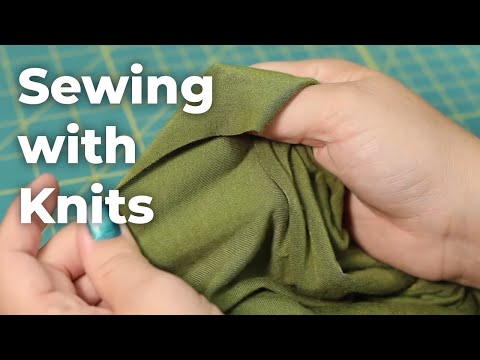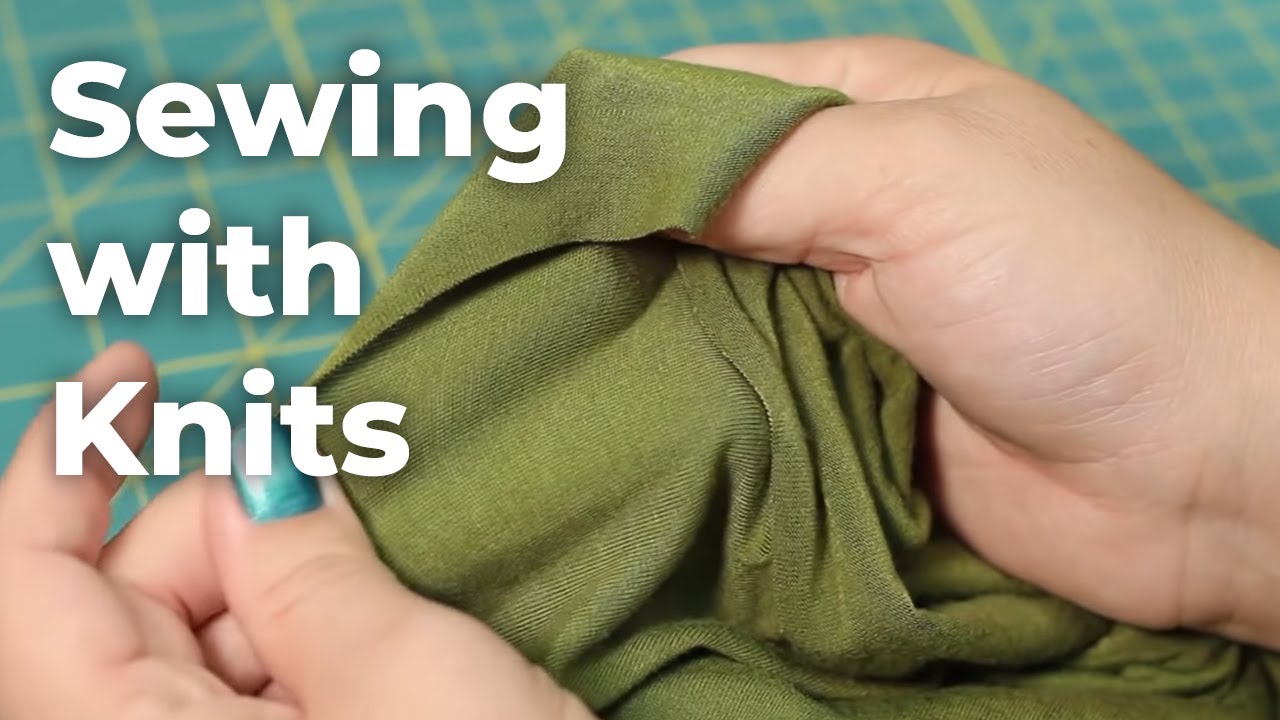The fabric sewer is a fascinating individual who possesses an extraordinary talent for transforming plain bolts of fabric into exquisite works of art. With nimble fingers and an incredible eye for detail, the fabric sewer weaves magic through every stitch, creating garments and accessories that are both luxurious and unique. Their passion for fabric is palpable as they immerse themselves in the world of textiles, exploring textures, patterns, and colors to bring their creations to life. From elegant evening gowns to cozy sweaters, the fabric sewer breathes life into every piece they create, infusing it with a touch of their own personality and style. With utmost precision and immense creativity, the fabric sewer takes inspiration from the world around them, incorporating elements of nature, architecture, and culture into their designs. Their dedication to their craft is unwavering, spending countless hours meticulously cutting, pinning, and sewing, until the fabric transforms into a masterpiece. Whether it's a custom-made outfit for a special occasion or a bespoke home decor item, the fabric sewer pours their heart and soul into each creation. Step into the world of the fabric sewer and be prepared to be awed by their skill, passion, and artistic vision.

The Art of Fabric Sewing
Fabric sewing is a timeless craft that has been practiced for centuries. From creating intricate garments to stitching beautiful quilts, fabric sewing allows individuals to express their creativity and create functional and decorative items. Whether you are a beginner or an experienced sewer, understanding the fundamentals of fabric sewing is crucial to achieving successful and professional-looking results.
Choosing the Right Fabric
Fabric selection is a critical step in any sewing project. The type of fabric you choose will directly impact the outcome of your sewing project. It is important to consider factors such as the fabric's weight, texture, and stretch when selecting the appropriate fabric for your project. For instance, if you are sewing a structured garment, you may want to choose a heavier fabric like denim or wool. On the other hand, if you are sewing a flowy dress, you may opt for a lightweight fabric like chiffon or silk.
Additionally, it is important to prewash your fabric before sewing to prevent any shrinkage or color bleeding. This step will ensure that your finished project retains its shape and color.
Essential Sewing Tools
Sewing requires a variety of tools to ensure precise and accurate results. Some essential sewing tools include:
1. Sewing machine: A sewing machine is a must-have tool for any fabric sewer. It allows for faster and more efficient stitching, making it ideal for larger projects.
2. Scissors: Sharp fabric scissors are essential for cutting fabric accurately. Invest in a quality pair of fabric scissors to ensure clean cuts and prevent fraying.
3. Pins and needles: Pins and needles are used to secure fabric pieces together before stitching. They come in various sizes and types, so it is important to choose the appropriate ones for your project.
4. Measuring tools: Measuring tapes and rulers are essential for taking accurate measurements and ensuring precise stitching. They are particularly useful when sewing garments and quilts.
5. Seam ripper: Mistakes happen, and a seam ripper is a handy tool for undoing stitches and removing unwanted seams without damaging the fabric.
Mastering Essential Sewing Techniques
Successful fabric sewing requires mastering various sewing techniques. Here are a few essential techniques to get you started:
1. Straight stitching: Straight stitching is the most basic sewing technique. It involves sewing two fabric pieces together in a straight line using a straight stitch on your sewing machine.
2. Zigzag stitching: Zigzag stitching is used to finish raw edges and prevent fraying. It is also commonly used for sewing stretch fabrics as it allows for more flexibility.
3. Backstitching: Backstitching is a technique used to secure stitches at the beginning and end of a seam. It prevents the stitches from unraveling and adds strength to the seam.
4. Gathering: Gathering is a technique used to create fullness in a fabric. It involves sewing long stitches along a fabric edge and then pulling the threads to gather the fabric.
5. Hemming: Hemming is the process of finishing the raw edge of a fabric, typically at the bottom of a garment or along sleeves. It can be done with a straight stitch or a blind hem stitch, depending on the desired finish.
Finishing Touches and Care
After completing your sewing project, it is essential to give it the finishing touches it deserves. This may include adding buttons, zippers, or decorative trims to enhance the overall appearance of your creation.
Furthermore, proper care of your fabric sewn items is crucial to ensure their longevity. Always refer to the fabric care instructions before washing or ironing your finished project. Some fabrics may require handwashing or delicate machine cycles, while others may need to be dry-cleaned. By following the recommended care instructions, you can maintain the quality and appearance of your sewn items for years to come.
In conclusion, fabric sewing is a versatile and rewarding craft that allows individuals to unleash their creativity. By understanding the fundamentals of fabric selection, essential tools, sewing techniques, and finishing touches, anyone can become a skilled fabric sewer. So, grab your fabric, thread your sewing machine, and let your imagination run wild!
Mastering Knits: The Ultimate Guide to Sewing with Stretch Fabrics
Video Source : Sewing Parts Online
Fabric Sewer
Fabric Sewer Table
| Fabric Type | Thread Count | Recommended Needle Size | Stitch Length |
|---|---|---|---|
| Cotton | 200 | Size 12 | 2.5 mm |
| Denim | 150 | Size 14 | 3.0 mm |
| Silk | 400 | Size 9 | 2.0 mm |
| Wool | 300 | Size 11 | 2.8 mm |
| Leather | 250 | Size 16 | 3.2 mm |
As an expert fabric sewer, it is crucial to have a comprehensive understanding of the different fabric types and their specific sewing requirements. This table presents key information that will aid you in achieving flawless stitches and impeccable results.
When working with cotton fabric, renowned for its versatility and breathability, it is recommended to use a thread count of 200. Optimal needle size for cotton is 12, and a stitch length of 2.5 mm ensures secure and neat seams.
For more sturdy fabrics like denim, a slightly lower thread count of 150 is ideal to prevent excessive bulk. A size 14 needle is recommended to effortlessly pierce through the fabric, while a stitch length of 3.0 mm provides adequate tension for durable seams.
Silk, a delicate and luxurious fabric, requires extra finesse. With a high thread count of 400, a finer size 9 needle is necessary to minimize any potential damage. Employing a shorter stitch length of 2.0 mm will maintain the fabric's integrity and produce refined results.
When working with wool, a thread count of 300 ensures optimal strength and stability, making it suitable for various projects. A size 11 needle strikes the perfect balance between strength and delicacy, while a stitch length of 2.8 mm provides ample room for maneuverability.
Finally, leather, a demanding material, requires specific tools to achieve satisfactory results. With a thread count of 250, a robust size 16 needle is essential to penetrate the tough surface. Employing a longer stitch length of 3.2 mm ensures secure and visually appealing seams in leather projects.
By referencing this table, you will have accurate guidelines to select the appropriate thread count, needle size, and stitch length for each fabric type. Mastering these details will empower you to create beautiful and enduring sewn pieces with precision and finesse.

